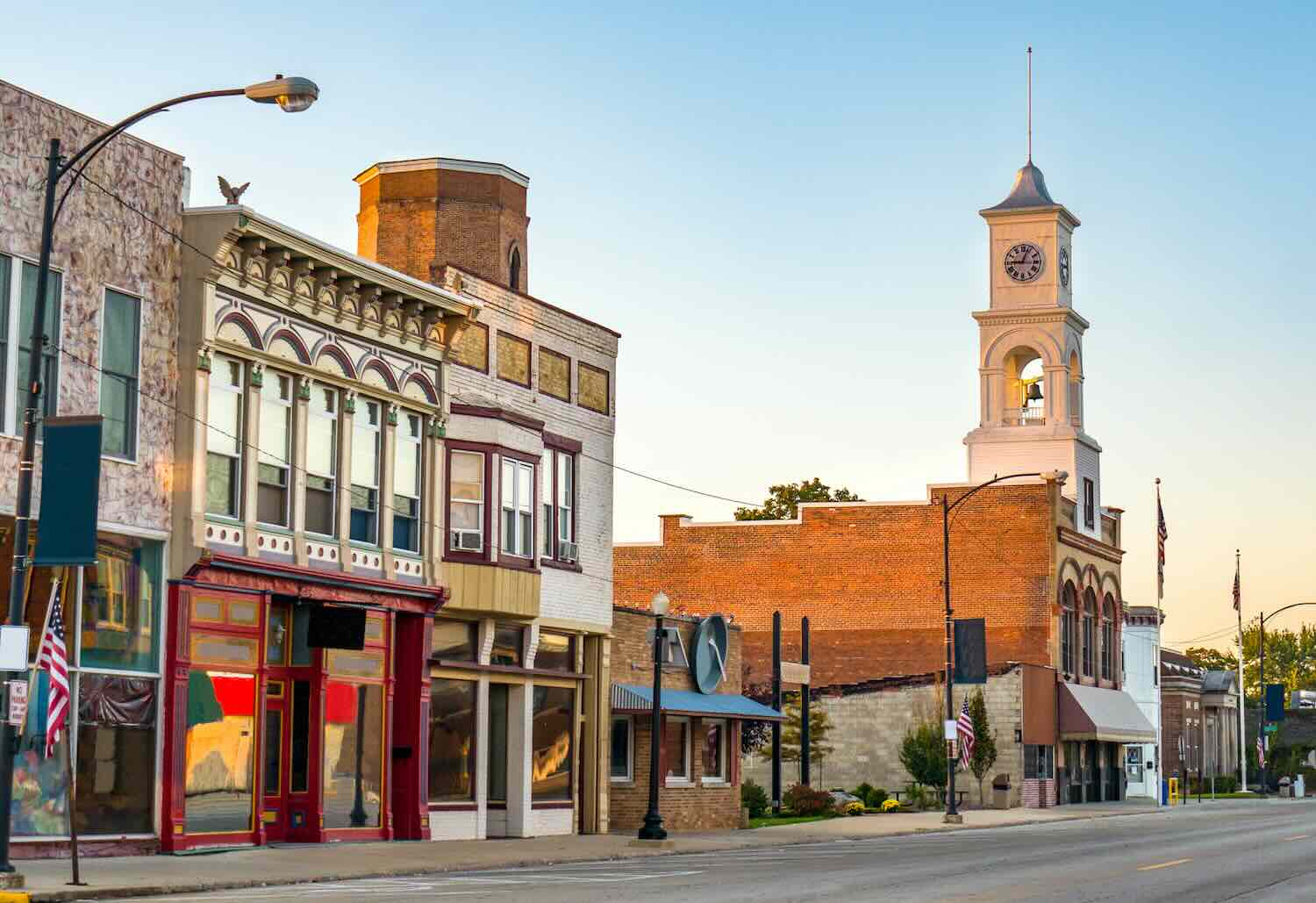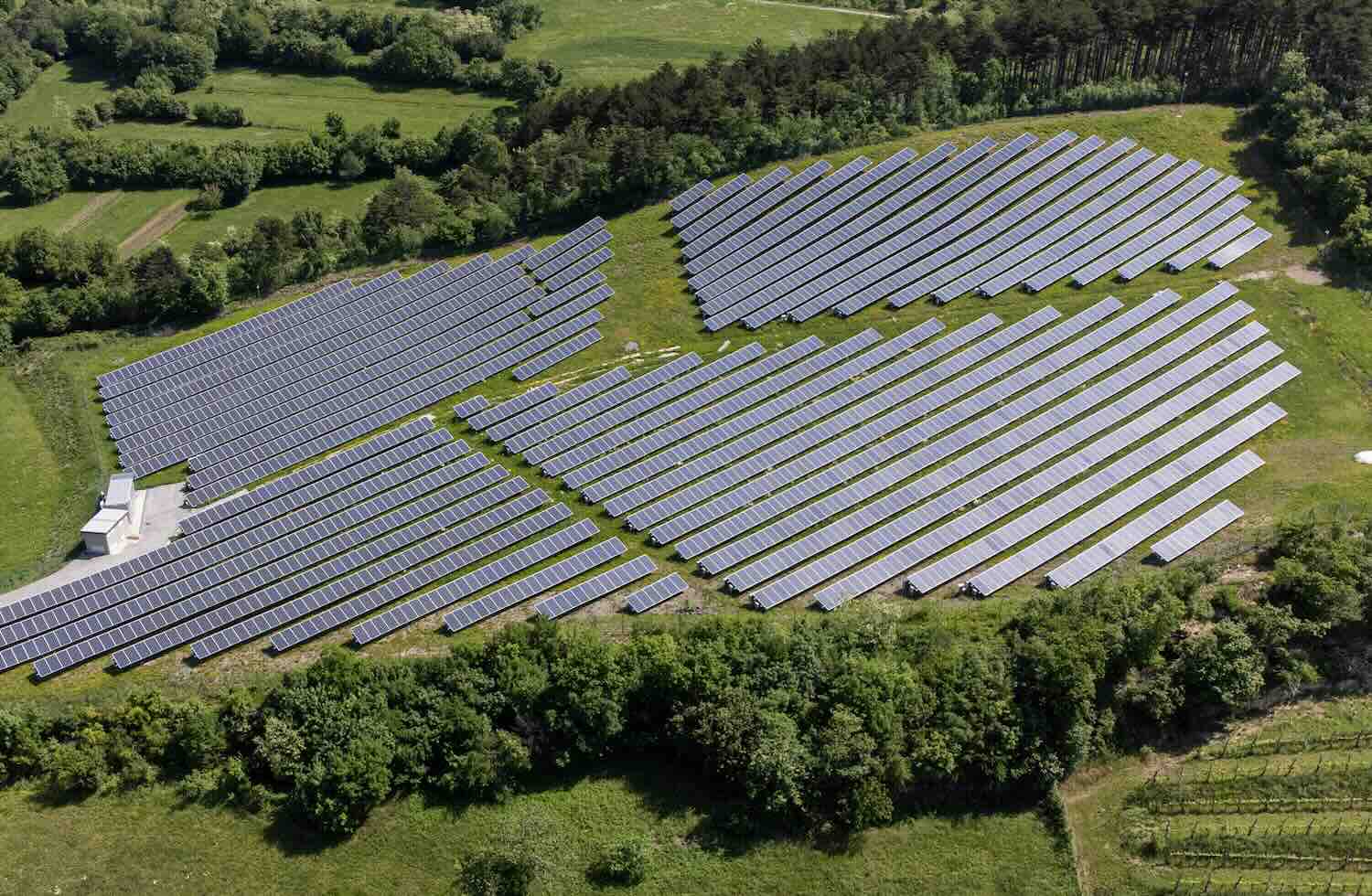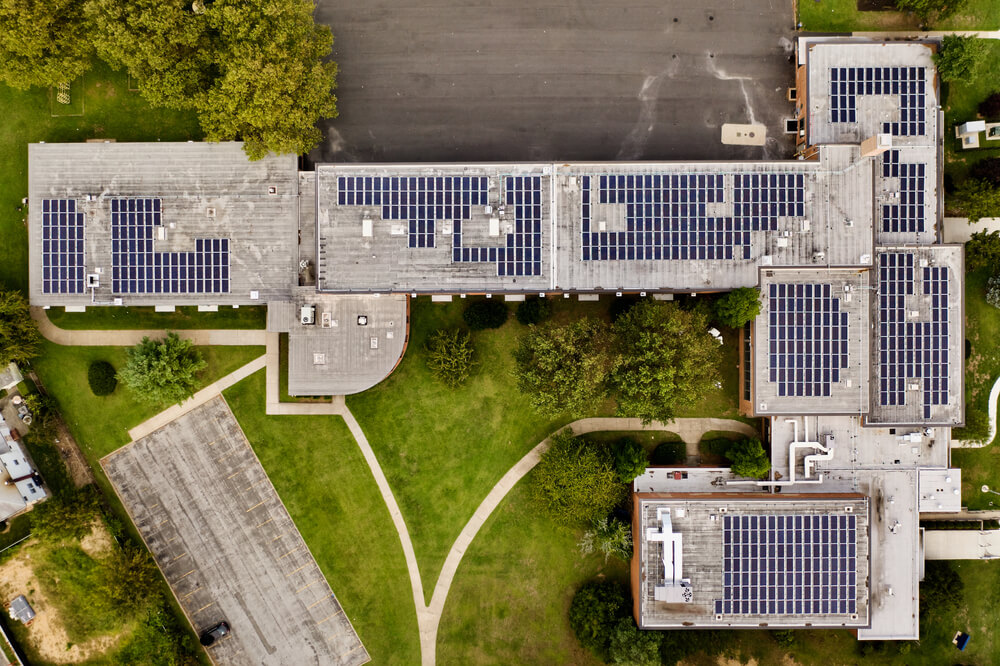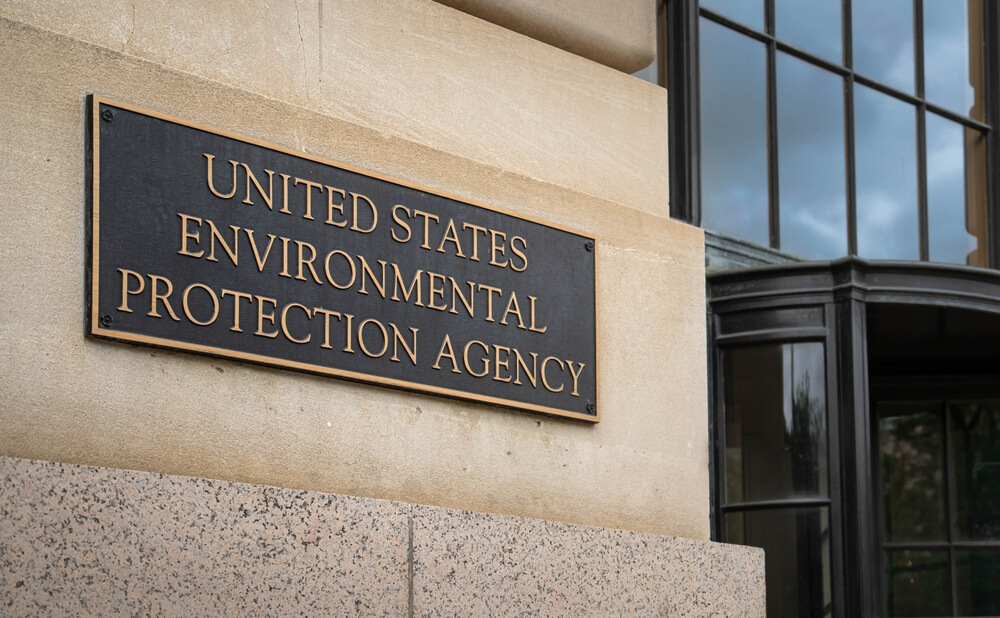The Biden administration’s Reconnecting Communities and Neighborhoods program was conceived with goals as lofty as any in recent memory – to stitch together communities torn apart by ill-conceived federal highways and undo the legacy of racial segregation.
“When people have access to opportunity through physical mobility, the result is more social and economic mobility and prosperity,” Department of Transportation Secretary Pete Buttigieg said at the program’s launch nearly two years ago in Birmingham, Ala. “We’ve also seen firsthand, everywhere in the country, how a piece of infrastructure that is supposed to connect people can sometimes have the opposite effect and cut people off from opportunity, sometimes dividing or even destroying whole neighborhoods or communities.”
As Buttigieg returned to Birmingham this week to tout a second round of funding – including $14.5 million to reconnect the city’s historic downtown neighborhoods divided by the construction of Interstate 65 in the 1960s – reviews suggest the Reconnecting Communities program may wind up being deeply transformative in more ways than one.
“We are seeing a level of cross-sectoral partnership and place that you do not ever see in transportation-oriented projects,” said James Hardy, a senior program officer at the Robert Wood Johnson Foundation, which is offering technical assistance to grantees. “Grassroots health equity organizations, traditional transportation organizations, government, private sector, and everything in between are at the table.”
“It is bringing a transformational justice frame to what had largely been seen as basic government service,” Hardy said in an interview. “This is a whole new civic muscle.”
A second round of Reconnecting Communities awards announced in mid-March brought the program total to $3.5 billion for 177 projects. From Alaska to Wyoming, communities have received grants that will enable either construction or planning for projects ranging from bus rapid transit to pedestrian bridges over highways.
Some projects are uniquely local: building board-roads on permafrost in rural Alaska, for example, while others, like the planned construction of lanes for pedestrians and bikes along I-10 in New Orleans, are familiar all around the country.
Greenways
In St. Louis, Missouri, plans for the nearly 20-mile Brickline Greenway connecting 14 mostly-Black city neighborhoods, parks, business districts, employment centers, transit hubs, and cultural and educational institutions have been underway since about 2016. A $9.9 million grant from Reconnecting Communities will cover roughly half of the almost $20 million needed for a bridge over Interstate 64, which will also serve as the hub of the to-be built greenway.
Reconnecting Communities aligned perfectly with the project, said Emma Klues, vice president of communications and outreach for the Great Rivers Greenway, a regional public agency created to spearhead the greening of the metro area.
“The project is not a huge geography but it’s a very big connection,” Klues told ImpactAlpha. “When an interstate goes through a community it disconnects everything. It’s a really exciting opportunity to reconnect over what may seem like insurmountable infrastructure.”
Reconnecting Communities has made “positive progress” in achieving multiple goals at once, said Shruti Vaidyanathan, who directs transportation advocacy efforts for the Natural Resources Defense Council, “knitting together” communities, while also investing in programs that advance equity and climate concerns.
Those goals were echoed by St. Louis Mayor Tishaura O. Jones. “The many partners alongside Great Rivers Greenway are helping to make the city of St. Louis a vibrant community with green spaces, art, and equitable economic development along the way,” she told ImpactAlpha in an email.
“This development is a chance for residents to thrive in St. Louis by connecting to and exploring our great city in new ways.”
Community outreach
Thousands of miles away, one Vermont community is a reminder that the mid-century highways that slashed through communities weren’t just in industrial areas. The city of South Burlington was just awarded about $8 million of a roughly $20 million construction budget for what it’s calling The East-West Alternative Transportation Crossing, giving pedestrians and bikers a bridge over the six lanes of I-89’s exit 14.
The interstate “has long served to divide our community,” said Ilona Blanchard, community development director for the city. Neighborhoods on the west side of the interstate are “disconnected” from the civic core — public schools, employment opportunities, and more — with no easy way to get there, she said in an interview. Like many neighborhoods most impacted by federal highway projects, the west side also has the state’s largest BIPOC population.
The issue of bridging the interstate has been under study for roughly two decades. Over the past few years, Burlington has increasingly recognized the importance of outreach to disparate parts of the community, Blanchard says, and has partnered with local justice organizations to capture input from people who might not normally come to a community meeting.
Those kinds of considerations may be one of the most significant legacies of Reconnecting Communities, says the Robert Wood Johnson Foundation’s Hardy. “Now it’s not just the project, it’s repairing and reckoning with past harms, bringing in community development, housing, equity, so that as you correct a piece of legacy infrastructure, it’s forcing the community to step back and say, ‘how are we going to use this space?’ It’s a positive thing, but it’s also a challenge.”
Private capital
Many of the projects awarded in March still need more funds. The Brickline Greenway, with an estimated price tag of $245 million, is barely halfway there. The project is looking to raise $155 million from private donors to fill its biggest gap.
South Burlington also needs millions more for the I-89 bridge. Notably, both projects are already part of special taxing districts, and both are expected to reap dividends from future economic development that arises from the projects.
That creates an opportunity for philanthropy and impact investors to step up, says Hardy. “There’s a misconception that these projects are somethow cheaper than traditional highway transportation projects. But in many of these cities, the federal grant is nowhere enough to cover the cost,” he says.
“You’re always going to have a capital stack in need of support. (Communities) are absolutely going to need creative investors to come alongside them.”
Another potential piece of the puzzle: the $4 trillion municipal bond market, which historically has funded much of the country’s infrastructure. Reconnecting Communities is a downpayment on undoing past harms, says says James McIntyre of Inclusive Prosperity Capital, who sees a strategic play for muni issuers. “Cities need to realize that all the destructive anti-community projects of the past are not just bad for people, but bad for the balance sheet.”
Additional funding sources may be even more critical if the Biden administration doesn’t win a second term. The legislation authorized $4.2 billion of funding over five years. About $3.5 billion has been granted so far.
Communities need to be thinking about how to “braid together” multiple sources of funding, NRDC’s Vaidyanathan said. “Encouraging private investment in things like complete streets or investment in transit will be super important to making sure that there’s sustainable funding available for the low carbon transportation and the equitable transportation options that we want to see.”











